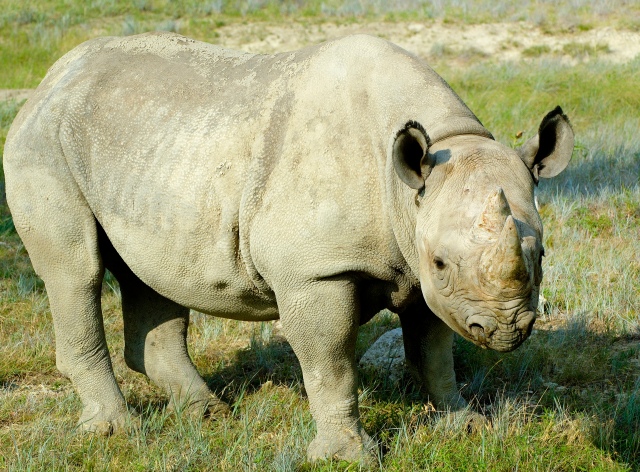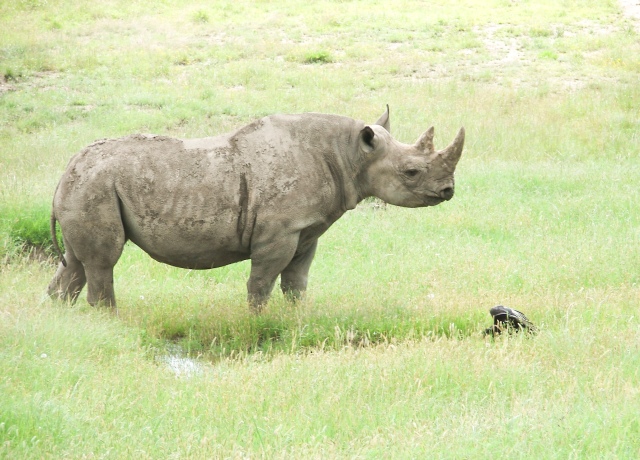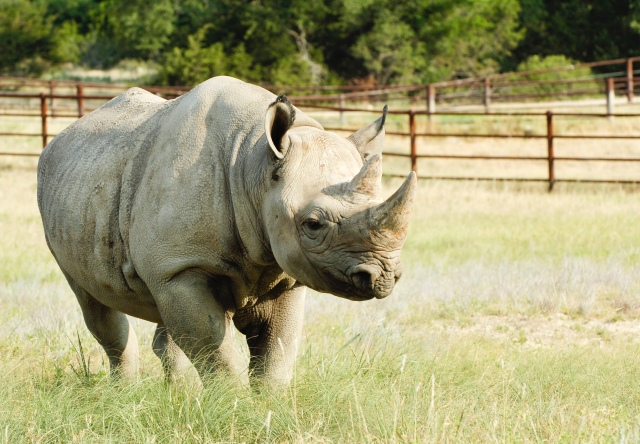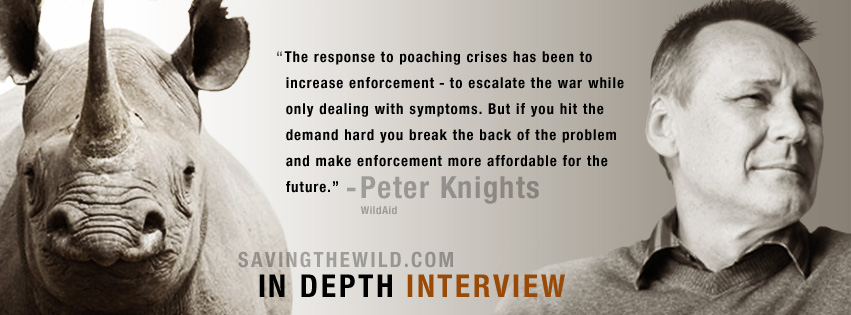Can Drones Help Tackle Africa’s Wildlife Poaching
Crisis?
BBCNews/Getty Images
Anti-poacher drones will complement
rather than replace sniffer dogs and teams of armed, GPS-tagged rangers
connected by a digital radio system, BBCNews reports.
Interest in anti-poacher drones is
global and rapid advances in drone technology will play a significant role in
anti-poaching and wildlife conservation, according to the report – but only as part of an integrated, ground-to-air tracking
and surveillance system.
A low-cost drone
competition – the Wildlife Conservation UAV Challenge — has received
nearly 140 entries.
The winners will
be announced in November, and their drones will be tested in South
Africa’s Kruger National Park.
“Kruger National Park
is ground zero for poachers,” said Crawford Allan, spokesman for the World
Wildlife Fund’s crime technology project. “There are 12 gangs in there at any
time. It’s almost like a war zone.”
A Kenyan 90,000-acre
reserve, Ol Pejeta Conservancy specializes in protecting white and black
rhinos. Ol Pejeta has teamed up with San Francisco-based tech Airware,
which makes drone autopilot systems.
“With the blessing of
the Kenya Wildlife Service we did 10 days of testing,” said Robert Breare, Ol
Pejeta’s chief commercial officer, in a BBC interview.
Park rangers
can operate the drone via two laptops, one showing the drone’s point of
view through a high-definition camera and the other showing a map tracking the
flight path.
Thermal imaging cameras mean the
drone can also fly at night, with the operators able to differentiate the
shapes of animals.
Based on testing, they can even see
how the elephants’ trunks changed temperature as they sucked up water from a
trough.
With a wingspan of less than a
meter, the catapult-launched test drone flew at an altitude of about 500 feet.
“You hardly see or notice it,” Breare said. “We don’t want to startle the
wildlife… or the tourists.”
Killing rhinos for
their horn and elephants for their tusks is a multi-million dollar
business with Asia driving demand. The trade is threatening Africa’s wildlife
tourism industry.































